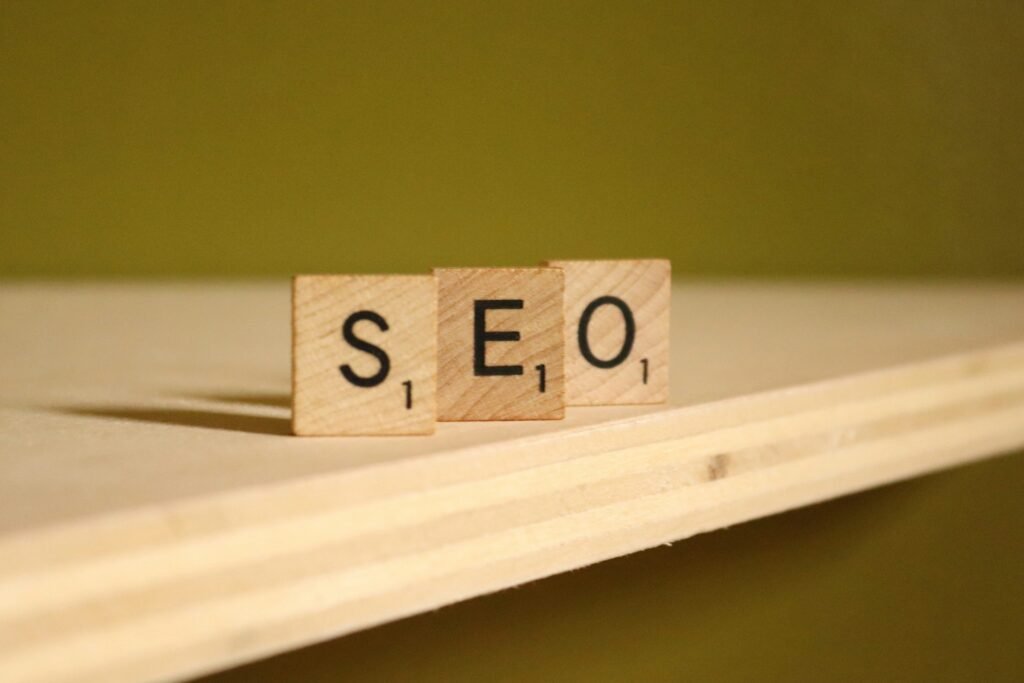Search engine optimization (SEO) and search engine marketing (SEM) both aim to boost your website’s visibility in search engines. However, they accomplish this purpose in quite different ways.
SEO fosters long-term growth with a steady, low-cost burn, but SEM produces instant results through sponsored acceleration. Learn more about the distinctions between SEO and SEM to determine which approach is best for your organization.
SEO is the practice of increasing your website’s organic search traffic. You cannot pay to make this happen. It takes months of labor and tweaks to optimize your website for a search engine’s algorithm. However, it is not only about pleasing Google; excellent SEO also includes developing a page intended for readers.
Keyword Research
Before you can begin any SEO efforts, you must understand the terms users are searching for. These keywords will direct your on-page SEO efforts. Fortunately, there are numerous SEO services available to assist you in narrowing down high-volume, low-competition keywords in your niche. These are the greatest ones to focus on because there are a lot of people looking for them and not a lot of relevant material is written about them.
However, it is not as simple as throwing your keywords into a blog post and calling it quits. Search engines are looking for valuable material, not information loaded with certain keywords. Part of your keyword research is determining user intent and adapting your content to fit that goal.

On-page SEO.
You have your keywords and content; now it’s time to optimize your page. There’s a lot that goes into this, like creating high-quality title tags and meta descriptions, employing a well-organized page structure with headers to segregate information, and providing image alt tags for each visual you use.
It’s also important to ensure that your URL slug appropriately reflects the content of the post. Don’t forget to provide a variety of internal links, which will help Google better grasp your site’s structure.
Off-page SEO
Off-page SEO refers to the actions you do outside of your website to help it rank. For example, one of the major indicators used by Google to decide if a page is trustworthy is the amount of backlinks it has. The more high-quality sites that link to yours, the higher you’ll appear in search engine results pages (SERP).
Other off-page initiatives you may make include increasing your social media presence to boost your reputation, collaborating with influencers to spread the word about your services, and writing guest blogs for websites in a comparable area.
Technical SEO
Consider technical SEO as a behind-the-scenes effort. It takes a lot of backend tinkering to improve your site’s speed, delete duplicate content with canonical tags, and configure a secure HTTPS connection.
Of course, there is more to it than that. You should also submit a sitemap to each major search engine, include schema markups on your sites to assist search engines in better comprehending the content of a page, and optimize robots.txt files, which search engines use to determine which pages to look at when curating results for a query.
What is SEM?

SEM is the technique of increasing your website’s traffic through paid search. It costs more than SEO because you are essentially skipping the queue to be first on a SERP. Typically, you will pay for each click on your ad. The cost per click fluctuates according to how much competition there is. Setting up an SEM campaign involves conducting keyword research, producing ad copy, placing bids, choosing a target audience, and improving your Quality Score.
Keyword Research
The first stage with SEM, like with SEO, is to choose which keywords you want to target. Competition and volume are more important concerns since they influence the cost of each ad you run. For example, a high-demand phrase like “car insurance” may have a lot of competition, which means you’ll spend more per click than a low-demand term like “temporary car insurance.”
A tool like Google Keyword Planner may help you research your keywords and estimate how much it will cost to put in an ad. It displays the volume, competition, and high and low ranges of page bids.
Ad Copy
Writing paid ad copy is not the same as writing blog posts. You must be able to capture readers’ attention in just a few sentences. For example, Google only permits you to write three 30-character headlines and two 90-character descriptions, which will be offered to viewers in various combinations until Google determines which combination performs best.
There is no successful method for writing paid advertisements. However, it is a good idea to employ keywords, keep your voice dynamic, and address them directly.
Bids and Targeting
You get to determine how much you wish to pay per click. That said, you must be practical. If you set your maximum price to 25 cents and your competitors are all prepared to pay $1 per click, your ad will never appear. You may also target your audience to ensure that your advertising reaches the correct individuals by showing them just to specific demographics. Remember, with the impending removal of third-party cookies, you may need to find new ways to reach your target audience.
Advantages of SEO and SEM
SEO and SEM provide many of the same benefits. After all, they are both attempts to increase visitors to your website. Here are some of the benefits you’ll enjoy if you try SEO or SEM (or both!):
- SEO and SEM can increase website exposure and conversions.
- Targeted traffic: Various ways can be used to target certain customer groups. With SEO, you’ll accomplish this by generating tailored landing pages, while with SEM, you’ll do it by bidding on your target demographic.
- Improved brand recognition: It takes 5-7 impressions for a consumer to recall your brand. Consistently seeing your company’s name in search results will help people remember you, even if they do not make a purchase right now.
- Data-driven insights: What are your customers looking for? SEO and SEM can help you figure this out. By evaluating the clicks you receive from your advertisements, you may determine which themes or goods are most significant to your target audience and modify your plans appropriately.
While SEO and SEM provide significant combined benefits, each strategy has its own set of advantages. If you’re aiming toward more specific objectives, you may see the distinct advantages of each technique below.
Benefits of SEO

- The top organic search result on Google has an average click-through rate of 39.8%, which is higher than that of paid ads. The first position ad has a click-through rate of only 2.1%, which is about similar to the eighth spot in organic search.
- Sustainable long-term results: SEO is not limited by budget. Even if you have to lay off your marketing team, their efforts will be appreciated for months or years.
- Improving content quality is crucial for SEO, as it creates valuable content for readers. This has the added benefit of establishing your website as a trustworthy resource for consumers.
- Natural builder of trust: Without the need for payment, consumers may have more faith in your brand.
Benefits of SEM

- SEM provides quick findings, making it ideal for urgent needs. Anyone looking for your selected keywords would be able to see your website right away, whereas SEO may take months to even reach the top page.
- Flexible budgeting: While SEM is expensive, you have control over your spending. For example, if you just have a few thousand dollars for sponsored advertising, you may focus on lower-cost keywords.
- Optimize your spending by targeting particular audiences using SEM.
- Easy A/B testing: Not sure whether the form of an advertisement will be more effective? When you run sponsored advertising, you may quickly do A/B testing to see which combination results.
Conclusion
In the battle between SEO and SEM, both come out on top. Why put all your eggs in the same basket? Integrating both tactics into your marketing strategy allows you to maximize your conversion rate, increase brand awareness, and continually outperform competition. Quality content is essential for both, so consider paying to promote that new landing page you just created while you wait for it to naturally take its place in organic search.





